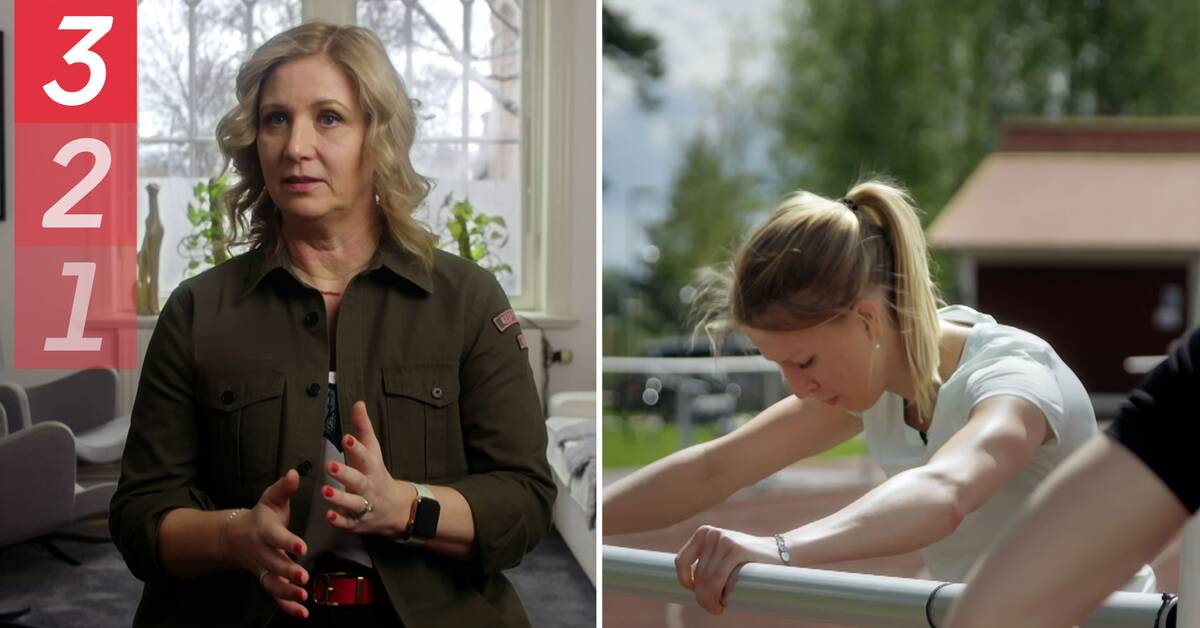When Ida sought help from the psychologist Klara Edlund, she was at first unaware that her bad mood was due to an eating disorder, but thought she was depressed.
But after she was diagnosed, she was helped to start eating normally again, reduce the amount of exercise and find a healthier way to live.
- The first thing we did was to make an accurate survey.
We needed to understand the manifestations of the problem together, says Klara Edlund, psychologist and associate professor.
Then they made a treatment plan with different homework and challenges.
Seek professional help
Three out of four who suffer from an eating disorder never seek help and some are able to work with the eating disorder on their own through, for example, self-help books.
But many need professional support of various kinds.
You can get this by contacting your local health center for a referral or your local psychiatric outpatient clinic.
In some cities, you can make a self-report at one of the eating disorder clinics available.
Parents can also report for minor children.
The focus is on changing eating habits and behaviors and in addition you often get psychological support.
Go against the eating disorder
Often it gets sick challenges and homework to work with.
For example, buy and eat "unhealthy white bread".
- An important part of the treatment is to take back what has been cleaned away, to get a new experience that there is no dangerous food, says Klara Edlund.
If the disease is considered serious and life is in danger, the patient is admitted to an inpatient treatment.
In some cases, you also need to supplement the psychological treatment with medication.
The road to a completely healthy life - free from eating disorders - continues long after the end of treatment.
Relapses are common and aftercare may be necessary.
Friends and relatives can provide important support in this process.
In the video above, the psychologist Klara Edlund describes three steps that helped Ida Tryggveson's fight against eating disorders.

